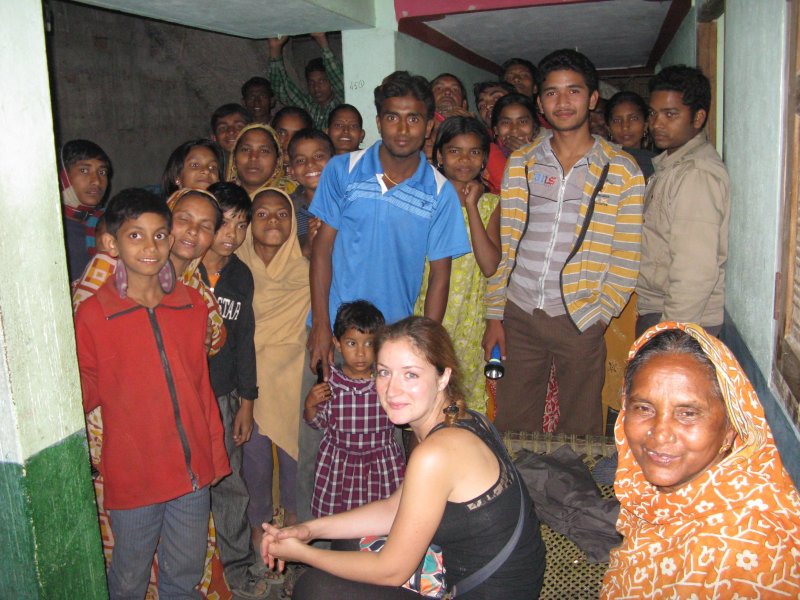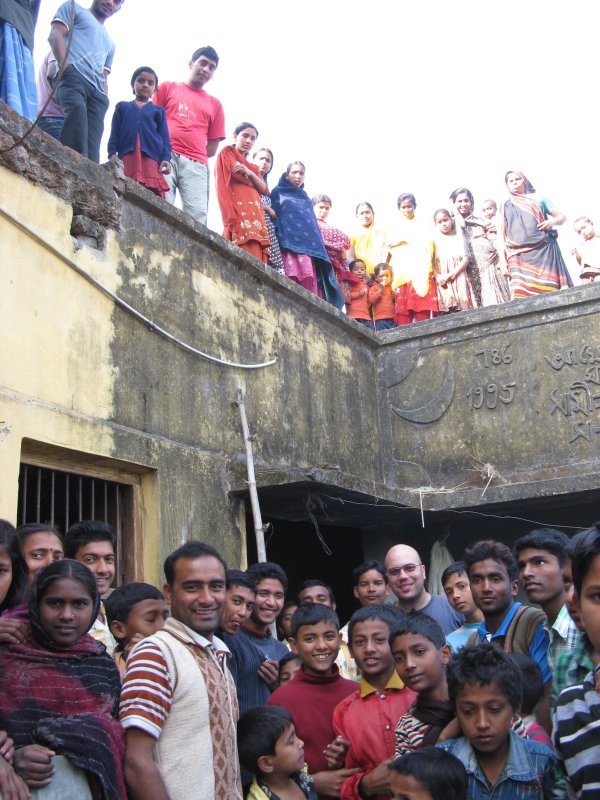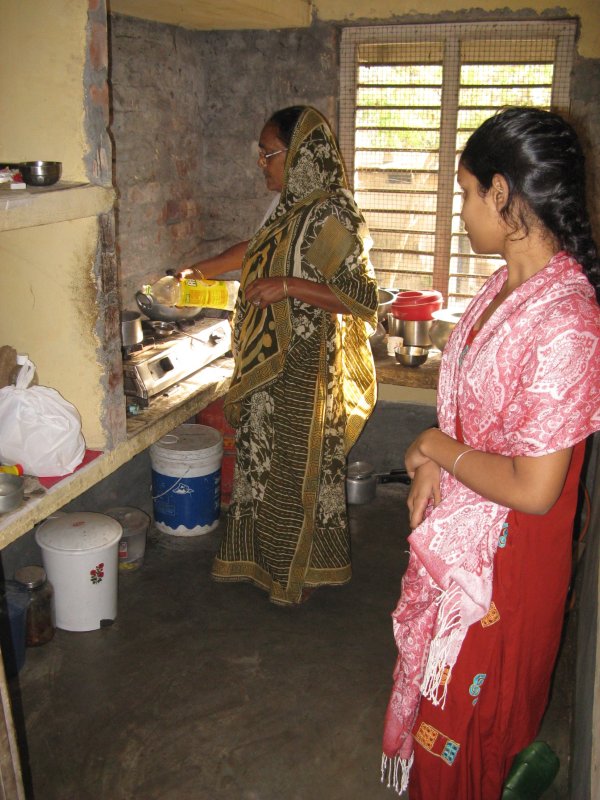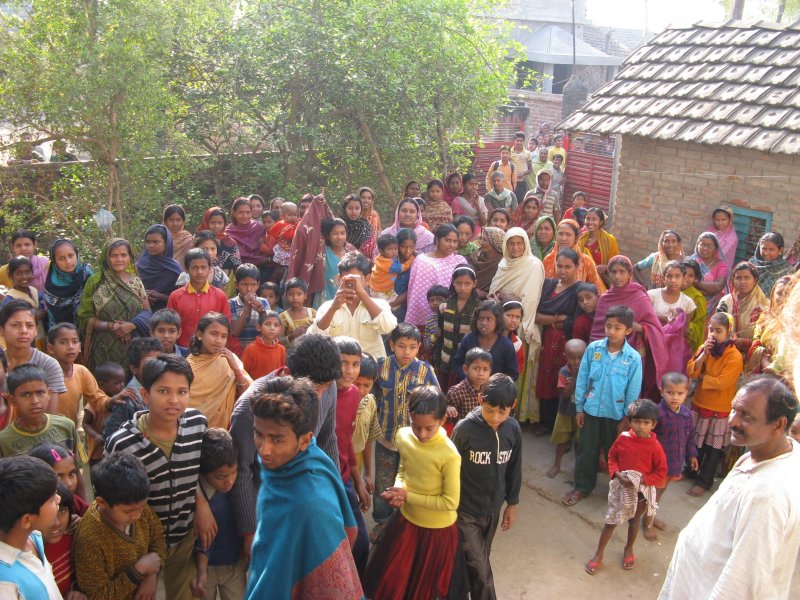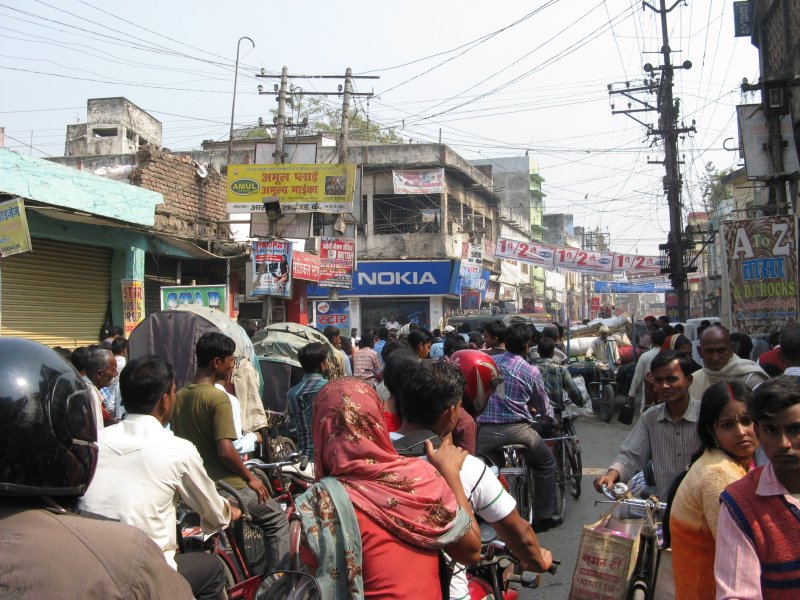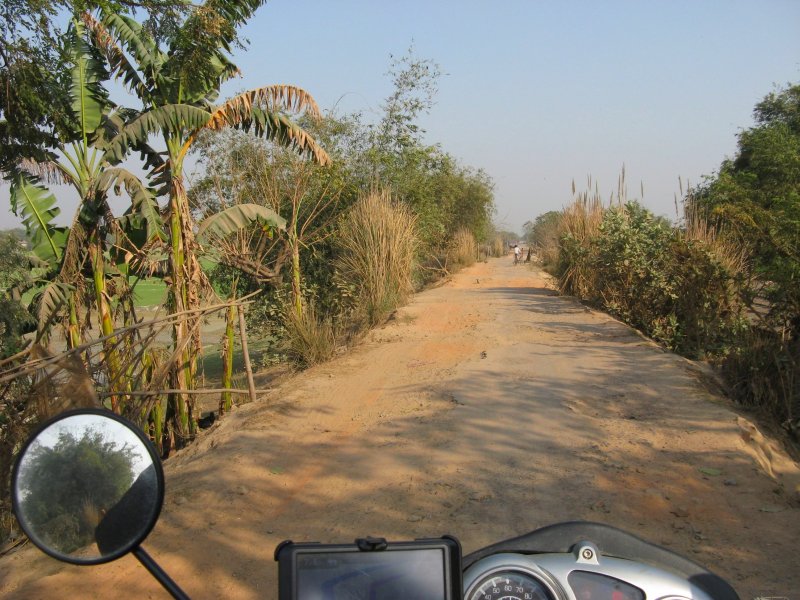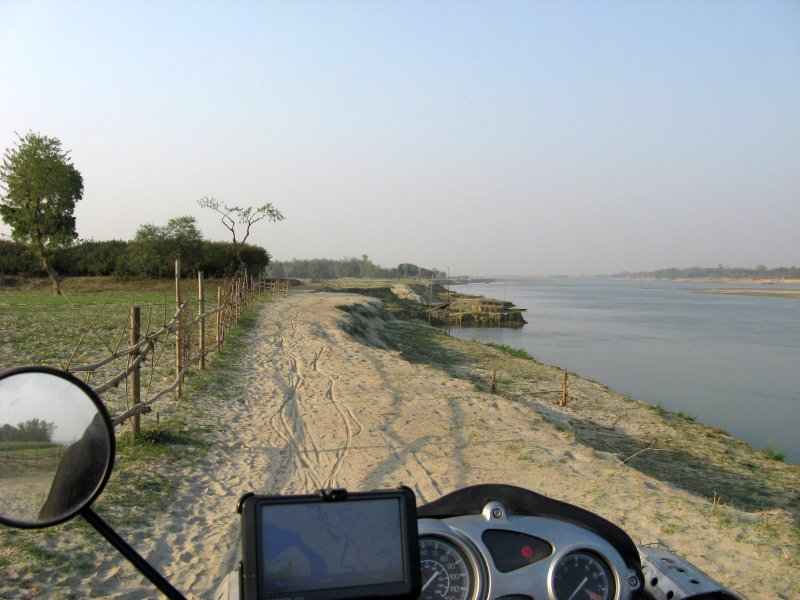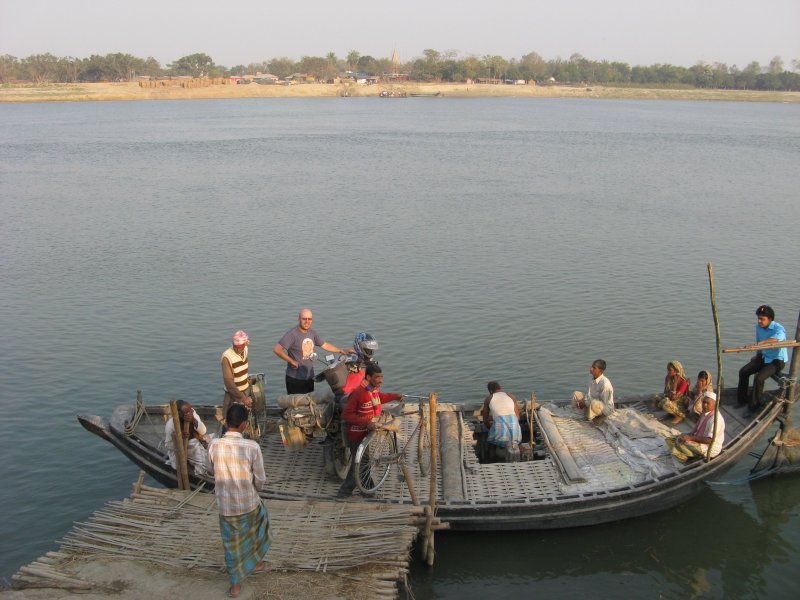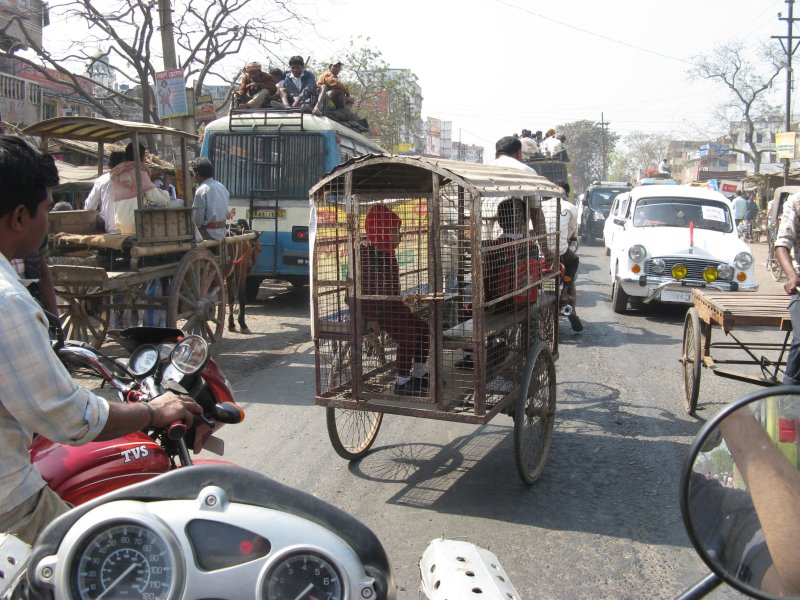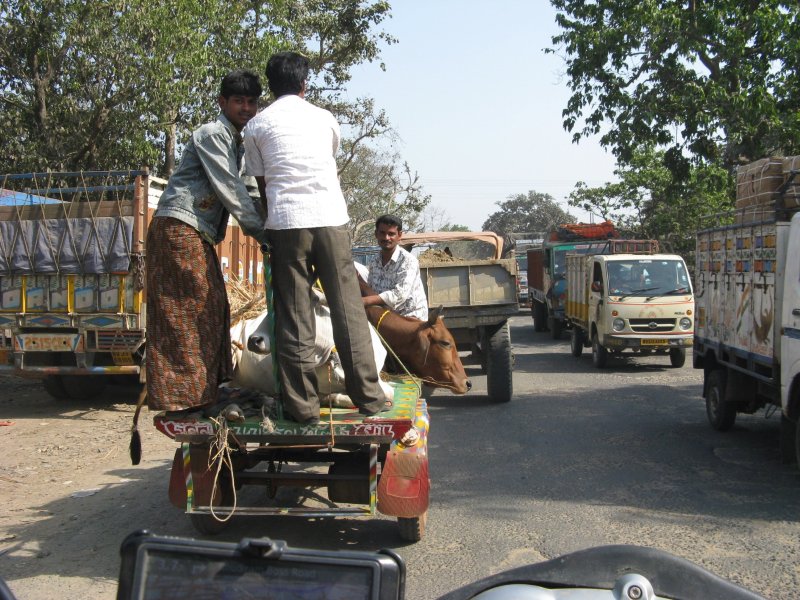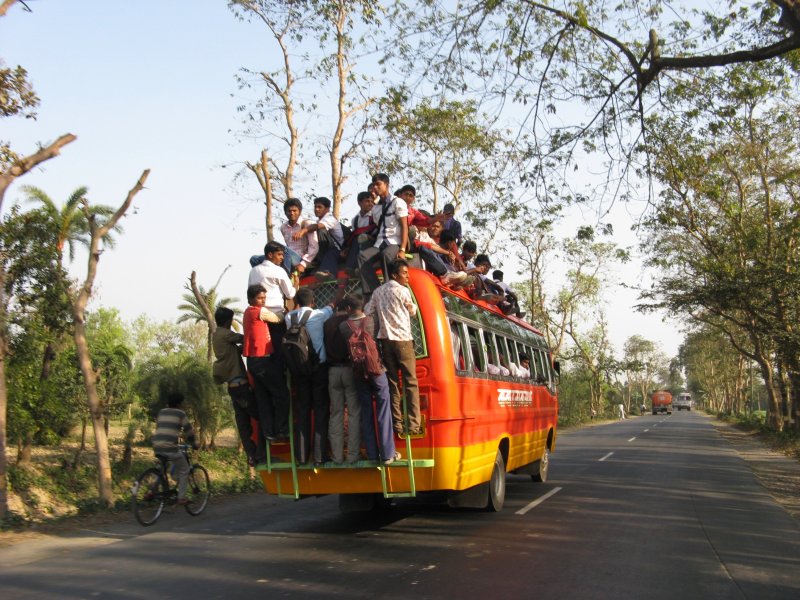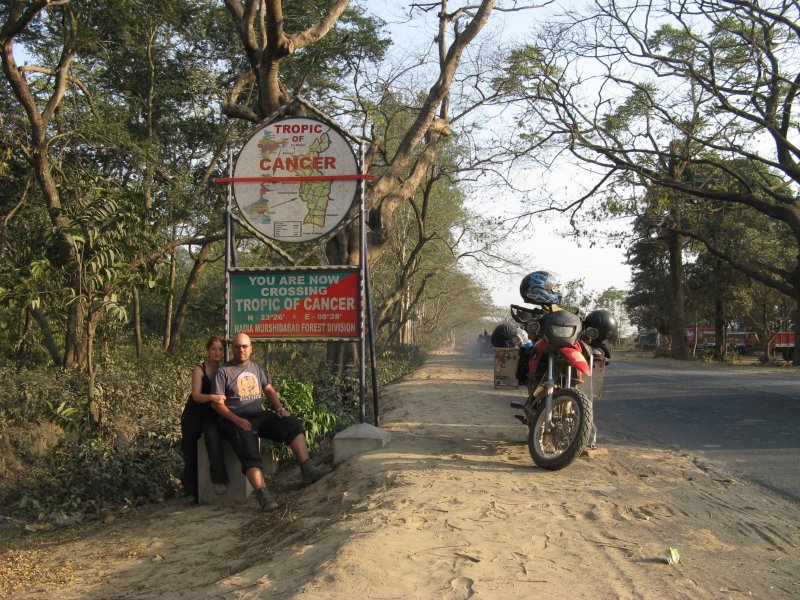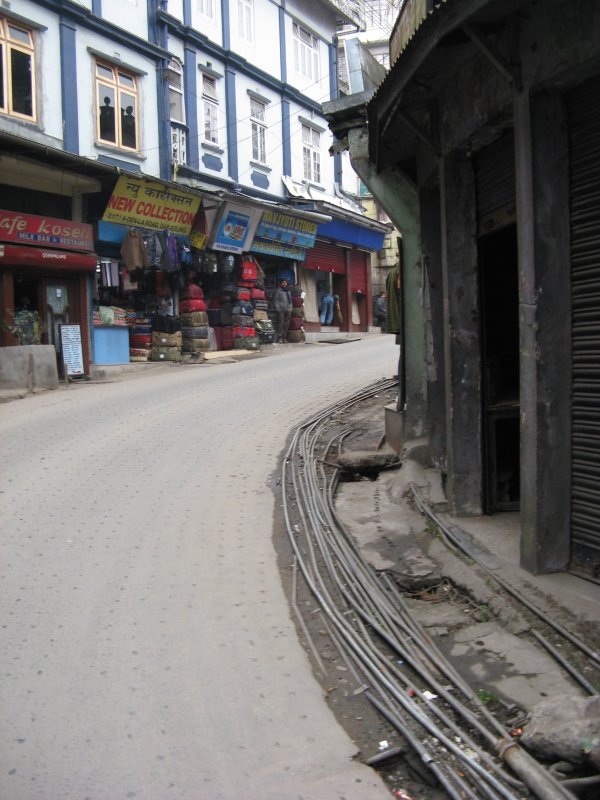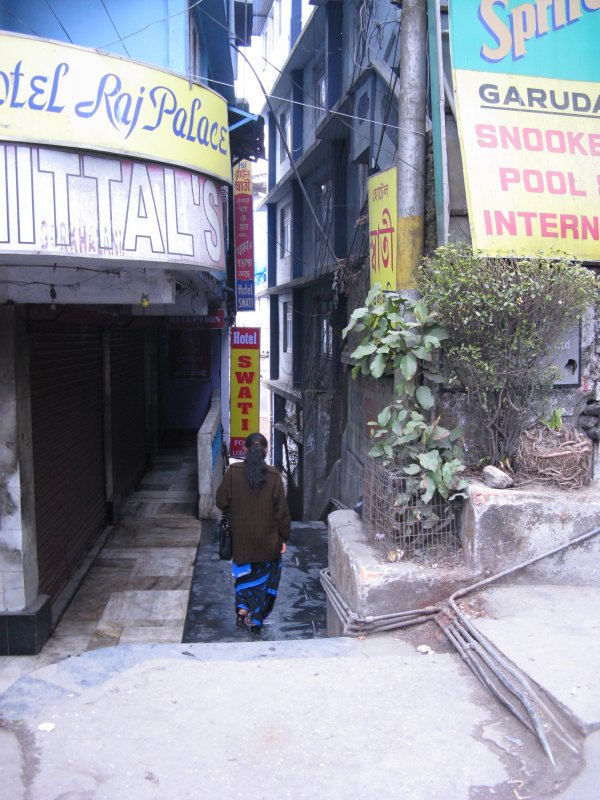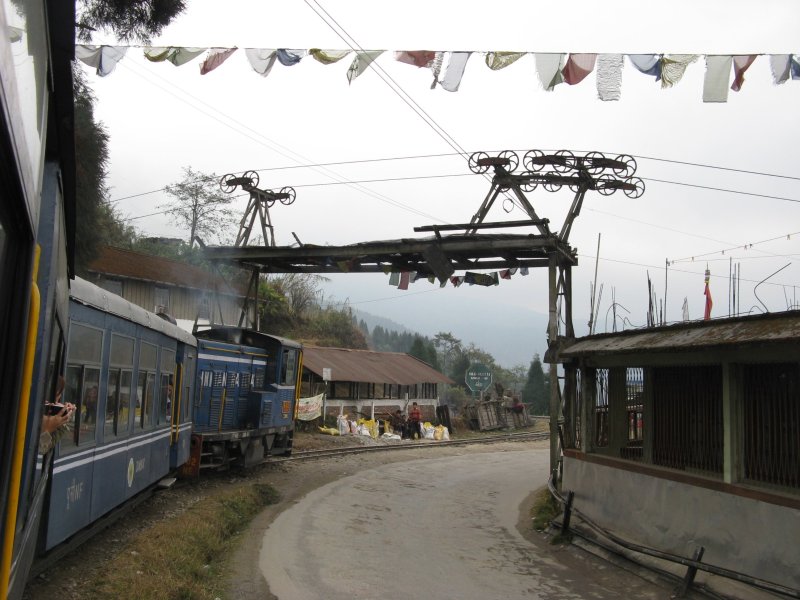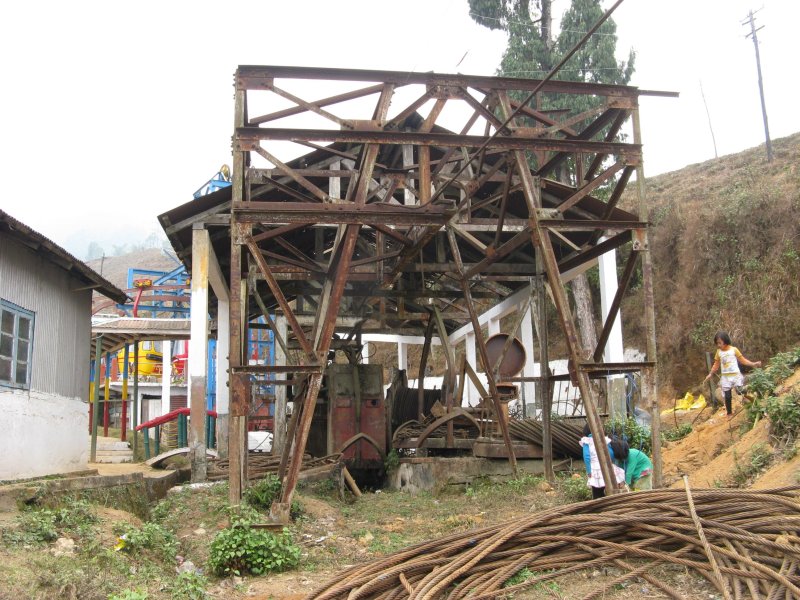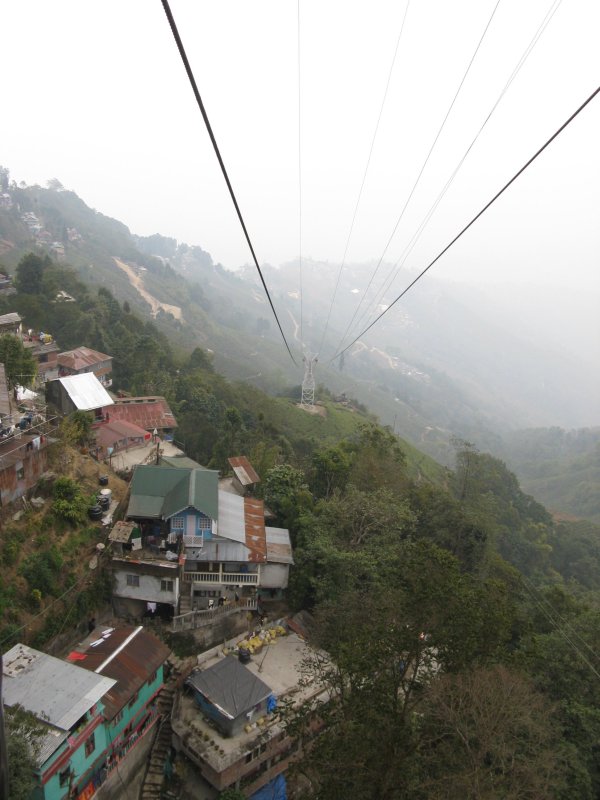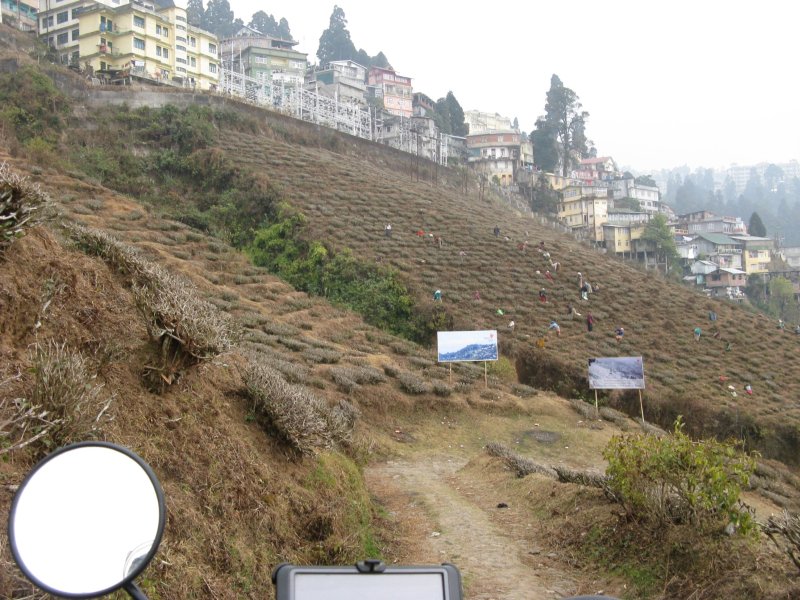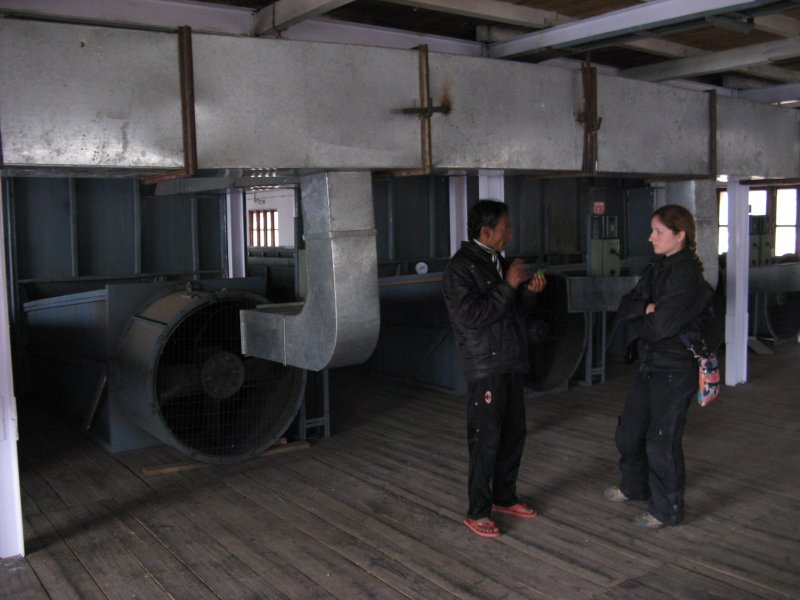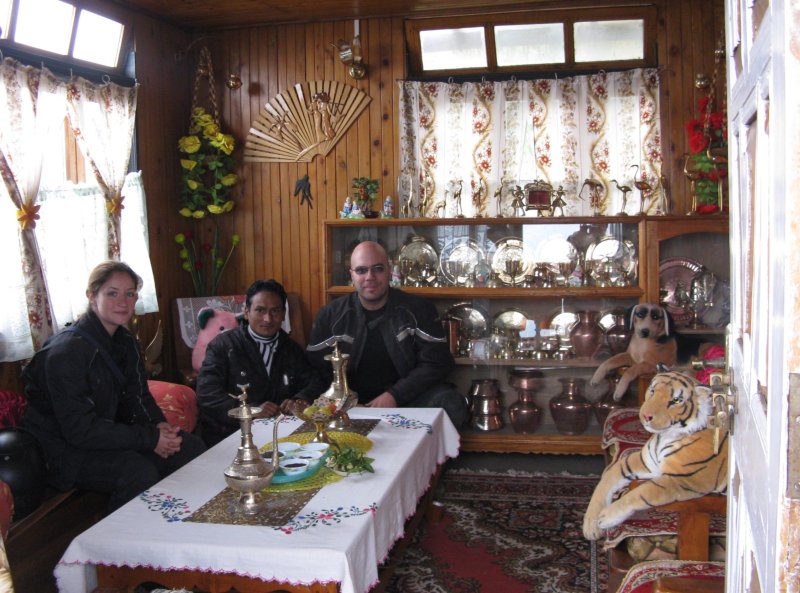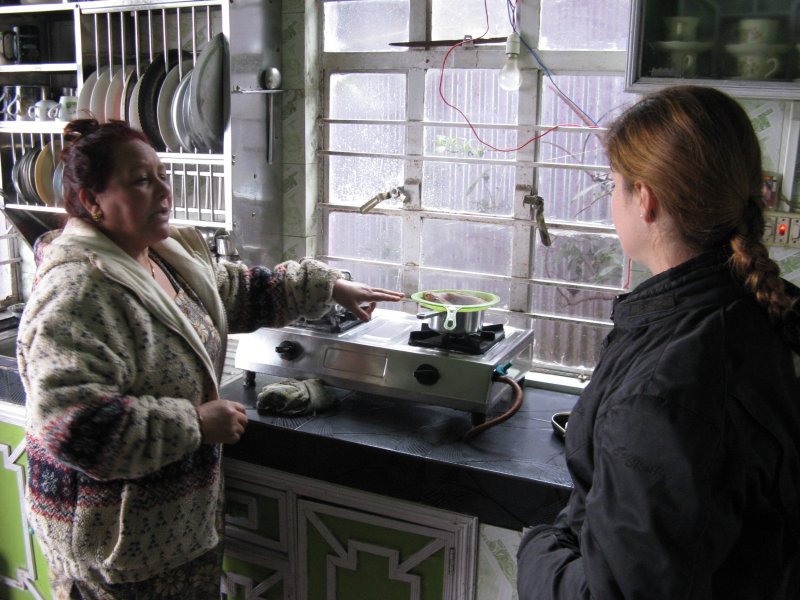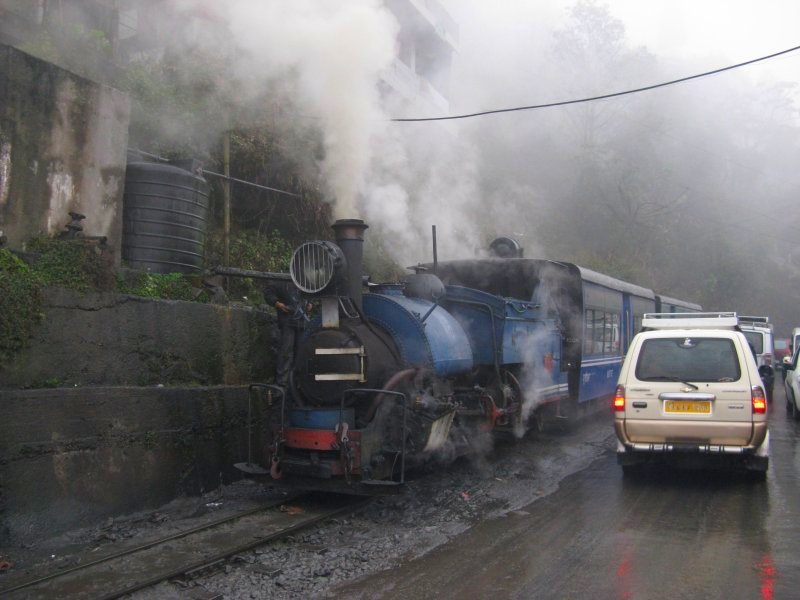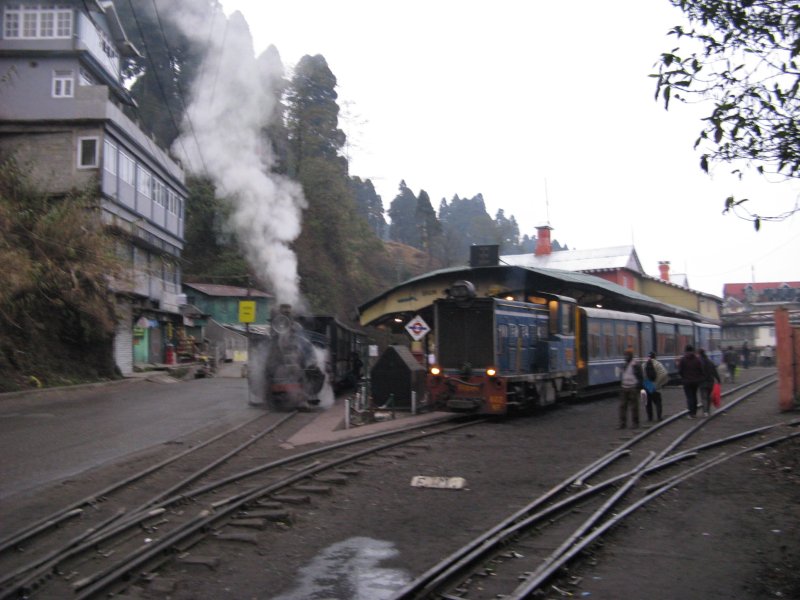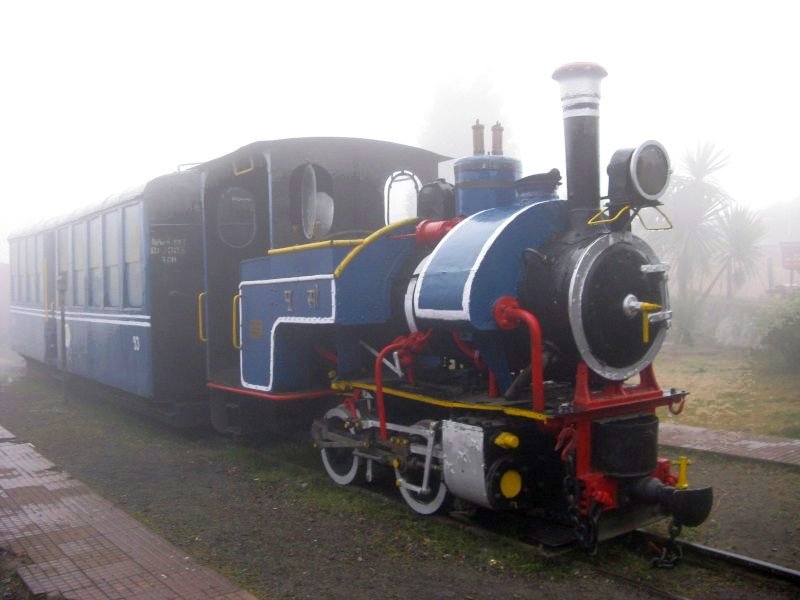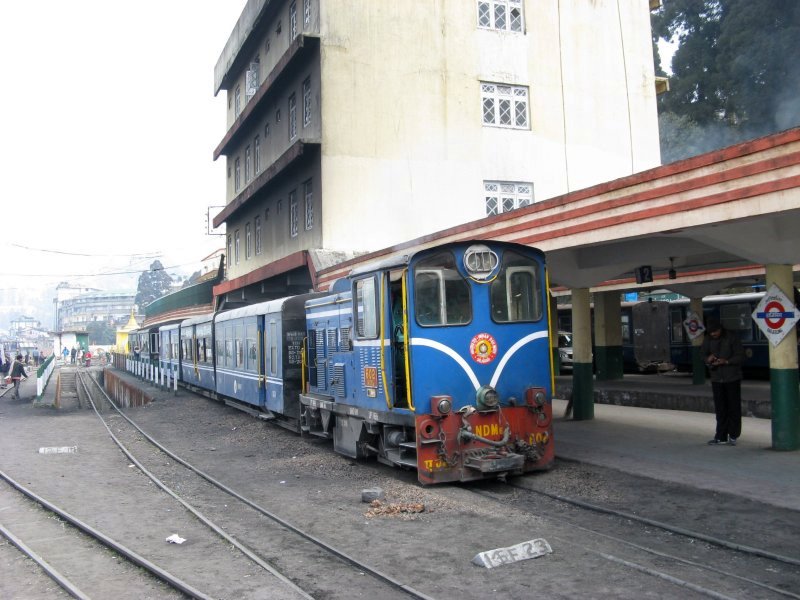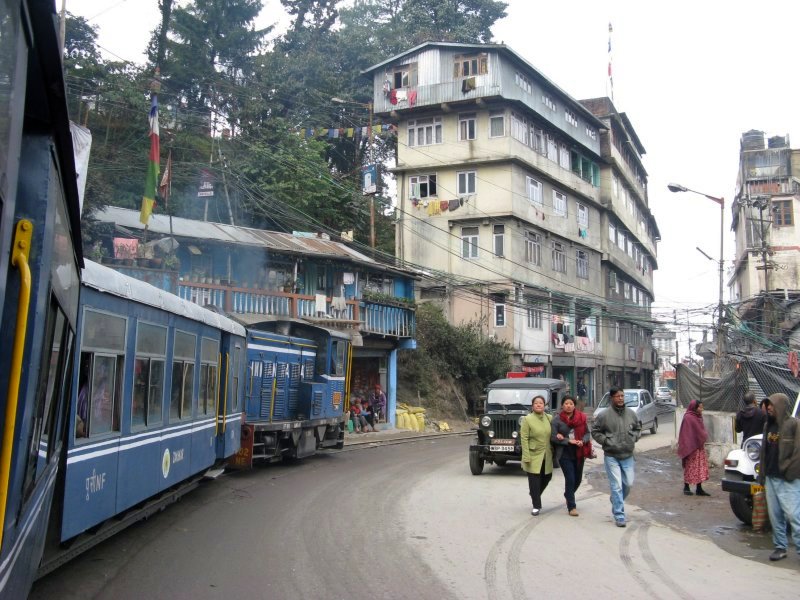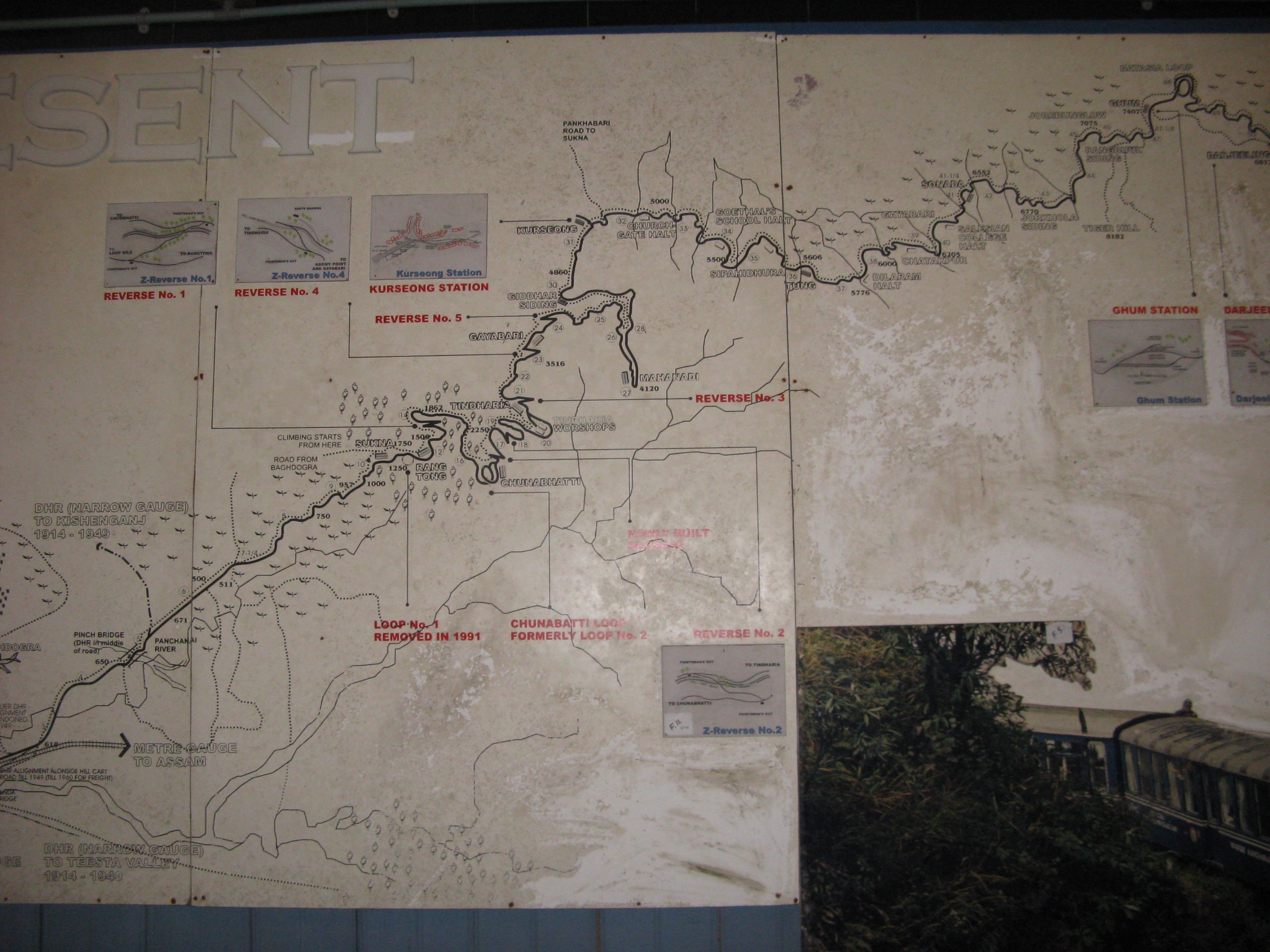On the way to Calcutta we decided to camp in a forest, in the immediate vicinity of Chandipur, a muslim village.
We cooked a soup, set up the tent and then proceed to watch a movie before sleep. Suddenly, a group of 8-10 villagers arrived and requested us to get out of tent. Informing us camping was an unwise sollution, they invited us to sleep inside a house in the village, and also offered secure parking for Palomina.
The next day we were stars. Even before waking up there were at least 100 people waiting to see us inside and outside the yard. We went on a tour to visit the houses of the village’s elders, the teachers and the policeman. In every house they offered us tea and snacks and we talked about how the village works and what the people do (which was mostly farming).
